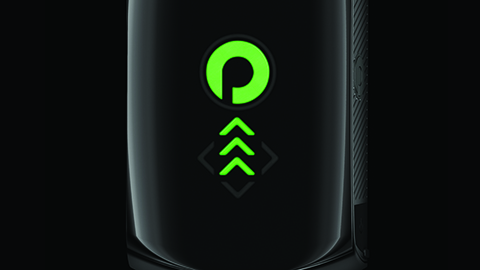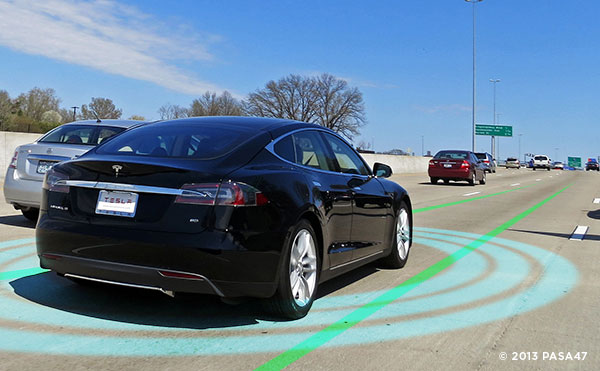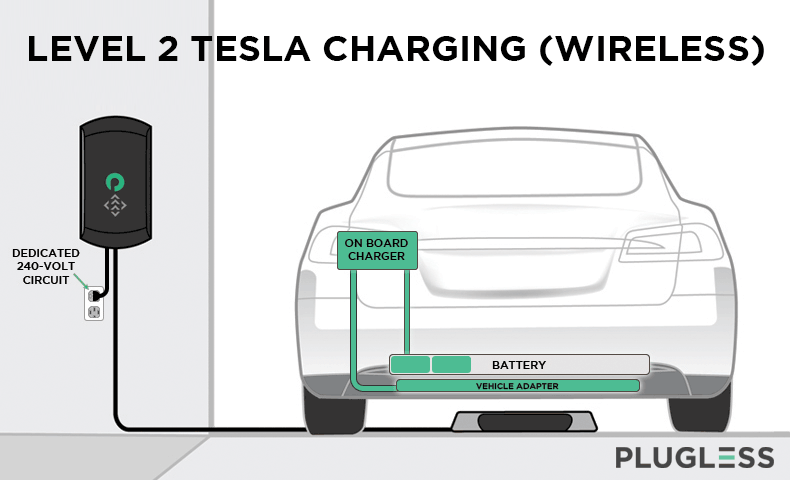Why We Need a Meaningful Comparison of Vehicle Autonomy
By Mia Yamauchi
THE MOST
AUTONOMOUS
LUXURY SEDANS

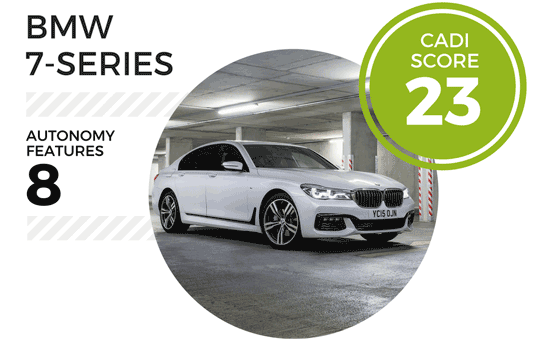

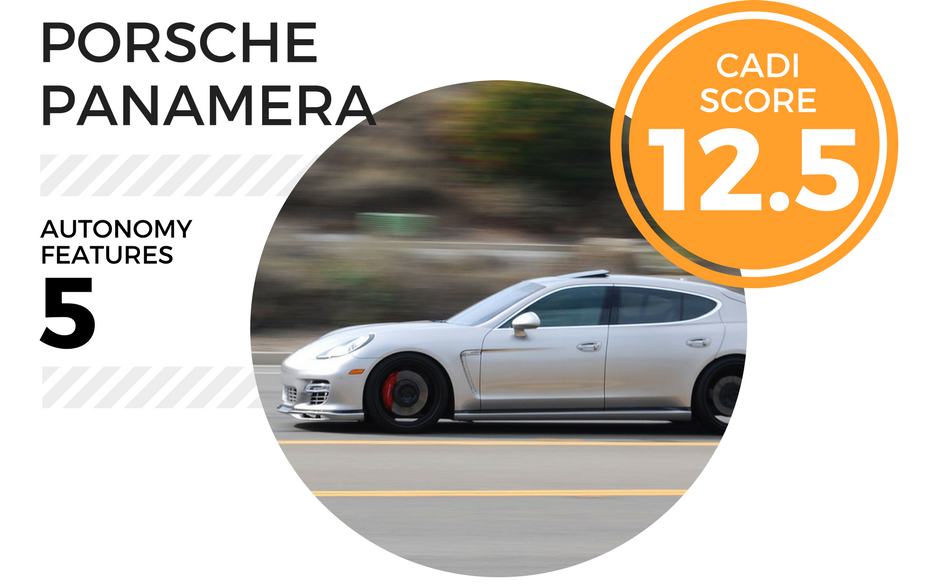
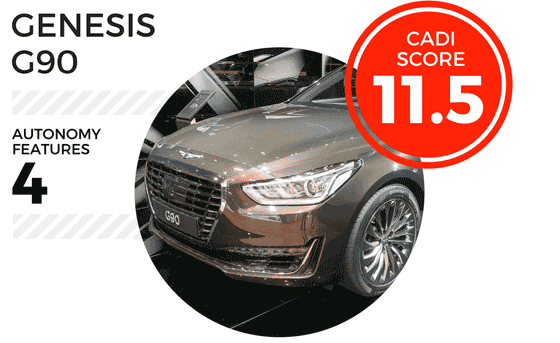
I was curious. What is the most autonomous car consumers can buy today? Anecdotally, Model S is the most autonomous. But by how much? Does anyone else come close? Individual features are given snappy names, but what does it mean to be the actual user? It turns out there’s not a clear way to compare semi-self-driving cars, so we made one.
Consumers need and easy way to compare the level of autonomy between vehicles in a granular way. SAE Autonomy Levels 0-5 are the gold standard for overall progress towards “full self driving.” But each semi-autonomous vehicle model comes with a suite of self-driving skills that it can perform with varying degrees of self-sufficiency. “Level 1” vs “Level 2” doesn’t tell a consumer exactly how much driving stress a given car can eliminate on the freeway vs. a winding country road.
| Overall System Autonomy Rating (SAE) | ||||||
|---|---|---|---|---|---|---|
| SAE Autonomy Level | Name | Narrative | Execution of Steering & Acceleration/ Deceleration | Monitoring Driving Environment | Fallback performance of dynamic driving task | System Capability (driving mode) |
| 0 | No Automation | The full-time performance by the human driver of all aspects of the dynamic driving task, even when enhanced by warning or intervention systems | Human driver | Human driver | Human driver | n/a |
| 1 | Driver Assistance | The driving mode-specific execution by a driver assistance system of either steering or acceleration/deceleration using information about the driving environment and with the expectation that the human driver perform all remaining aspects of the dynamic driving task | Human driver & system | Human driver | Human driver | Some driving modes |
| 2 | Partial Automation | The driving mode-specific execution by one or more driver assistance systems of both steering and acceleration/deceleration using information about the driving environment and with the expectation that the human driver perform all remaining aspects of the dynamic driving task | System | Human driver | Human driver | Some driving modes |
| 3 | Conditional Automation | The driving mode-specific performance by an automated driving system of all aspects of the dynamic driving task with the expectation that the human driver will respond appropriately to a request to intervene | System | System | Human driver | Some driving modes |
| 4 | High Automation | The driving mode-specific performance by an automated driving system of all aspects of the dynamic driving task, even if a human driver does not respond appropriately to a request to intervene | System | System | System | Some driving modes |
| 5 | Full Automation | The full-time performance by an automated driving system of all aspects of the dynamic driving task under all roadway and environmental conditions that can be managed by a human driver | System | System | System | All driving modes |
Between “some day” and today, however, lies a complex patchwork wherein different pieces of the autonomy landscape are coalescing into our fully autonomous transportation future.
And we need a way to talk about it.
We used SAE’s general autonomy rating to score each individual driving task that semi-autonomous vehicles attempt to perform to create the Plugless Cumulative Autonomous Driving Index (Plugless CADI, pronounced “caddy”) score.
Creating Autonomy Scores for Shoppers
The scores that follow allow consumers to easily compare car autonomy based on number of skills and how autonomously each car can handle each skill. The Plugless CADI score provides a more granular, intuitive description of vehicle autonomy from the passenger’s point of view. This is in no way intended to supplant SAE as the industry and regulatory standard for vehicle autonomy ratings. The idea is to apply SAE autonomy rating in a more detailed way so consumers can get a general sense of how today’s semi-autonomous models compare.
![]()
| Cumulative Autonomous Driving Index – Bestselling Large Luxury Sedans | ||||||||||
|---|---|---|---|---|---|---|---|---|---|---|
| Vehicle Model ❯❯❯ | Tesla Model S | Mercedes-Benz S Class | BMW 7 Series | Porsche Panamera | Genesis G90 | |||||
| Autonomous Driving Skill | Status | Level | Status | Level | Status | Level | Status | Level | Status | Level |
| Freeway Lane-Keep – High Speed | Available | 2.5 | Available | 2.5 | Available | 2.5 | Available | 2.5 | Available | 2.5 |
| Freeway Lane-Keep – Low Speed | Available | 2.5 | Available | 2.5 | Available | 2.5 | Available | 2.5 | Unavailable | |
| Adaptive Cruise Control (following other cars) | Available | 2.5 | Available | 2.5 | Available | 2.5 | Available | 2.5 | Available | 2.5 |
| Collision Avoidance – Emergency Braking | Available | 4 | Available | 4 | Available | 4 | Unavailable | Available | 4 | |
| City / Curve Lane Keep (with lane markings) | Available | 2.5 | Available | 2.5 | Unavailable | Available | 2.5 | Unavailable | ||
| City Navigation | Available | 2 | Unavailable | Unavailable | Unavailable | Unavailable | ||||
| Collision Avoidance – Evasive Manoeuvre | Available | 4 | Unavailable | Available | 4 | Unavailable | Unavailable | |||
| Freeway Change – Navigation | Available | 2.5 | Unavailable | Unavailable | Unavailable | Unavailable | ||||
| Freeway Lane Change | Available | 2.5 | Unavailable | Unavailable | Unavailable | Unavailable | ||||
| Hands-Free Refueling / Charging | Available | 2.5 | Unavailable | Unavailable | Unavailable | Unavailable | ||||
| High Beam Management | Available | 2.5 | Available | 2.5 | Available | 2.5 | Available | 2.5 | Available | 2.5 |
| Location-Based Suspension Adjustment | Available | 2.5 | Unavailable | Unavailable | Unavailable | Unavailable | ||||
| Freeway On-Ramp, Off-Ramp | Available | 2.5 | Unavailable | Unavailable | Unavailable | Unavailable | ||||
| Parking – Exiting Space | Available | 2.5 | Unavailable | Available | 2.5 | Unavailable | Unavailable | |||
| Parking – Self-Parking Near Space | Available | 2.5 | Available | 2.5 | Available | 2.5 | Unavailable | Unavailable | ||
| Total # Autonomous Driving Features | 15 | 7 | 8 | 5 | 4 | |||||
| Plugless CADI Score | 40 | 19 | 23 | 12.5 | 11.5 | |||||
The SAE overall autonomy rating ranks the top-five top selling luxury sedans uniformly around Level 2-ish. In contrast, the CADI index shows that there is a huge range in how many features each model offers. Model S sets the bar with 15 different semi-autonomous driving skills available and a total CADI score of 40. The G90, from Hyundai’s luxury spinoff brand, Genesis, maxes out at four semi-autonomous driving skills and racks up a total of only 11.5 CADI points.
Below: Methodology of Mapping SAE Ratings to Plugless CADI Scores
SAE autonomy ratings are applied to individual self-driving skills. These ratings are added up to calculate the Plugless Cumulative Autonomous Driving Index (CADI, pronounced, “caddy”) Score.
SAE Level-1: The vehicle can activate some part of the driving controls, but still relies on the human driver assistance for both executing the task and watching the road. A good example of a Level 1 applied to an individual driving skill is traditional cruise control.
SAE Level-2: The vehicle can operate multiple driving controls in order the execute a particular driving task. The human actively monitors the driving environment to decide if human intervention is needed.
Across the industry, most skills are implemented between autonomy Level 2 and Level 3. Skills like “Freeway Lane Keep” and others are designed in such a way that the burden of watching and interpreting the road is shared between the driver and the vehicle. Drivers can relax until pinged by the car, but they’re not supposed to stop paying attention to the road. These skills get CADI Level 2.5 rating.
| SAE Autonomy Level | Name | Narrative | Execution of Steering & Acceleration / Deceleration | Monitoring Driving Environment | Fallback performance of dynamic driving task | System Capability (driving mode) |
|---|---|---|---|---|---|---|
| 2 | Partial Automation | the driving mode-specific execution by one or more driver assistance systems of both steering and acceleration/ deceleration using information about the driving environment and with the expectation that the human driver perform all remaining aspects of the dynamic driving task | System | Human driver | Human driver | Some driving modes |
| 3 | Conditional Automation | the driving mode-specific performance by an automated driving system of all aspects of the dynamic driving task with the expectation that the human driver will respond appropriately to a request to intervene | System | System | Human driver | Some driving modes |
SAE Level-3: The human driver can relax their attention until the system asks for help. At that point the human driver must still be alert and ready to take over driving duties.
SAE Level-4: The vehicle is designed to be able to complete the task with no human supervision in certain conditions. If the car can’t figure something out and the human does not intervene, the car can still safely remove itself from the driving situation (i.e. safely pull over and stop). If a car offers emergency braking, it’s offered at Level- 4 autonomy: the car is not expecting the driver to intervene, even though it’s critical.
SAE Level-5: The vehicle can consistently perform a task as well or better than a human driver in any road conditions.
How Does the Autonomy Index Correlate to Sales of Luxury Vehicles?
The skills-based inventory of autonomy shows just how far Model S is even among other large luxury sedans with more than double the CADI score of the next-highest ranking vehicle (it’s the dot in the far top right side of the graph). A quick glance at sales shows a strong correlation with automation. It’s a tiny sample size and correlation is not causation, so it should be taken with a grain of salt. But it does certainly call for more research into the relationship between automation and sales in the vehicle market at large. Read more about sales and autonomy here.


